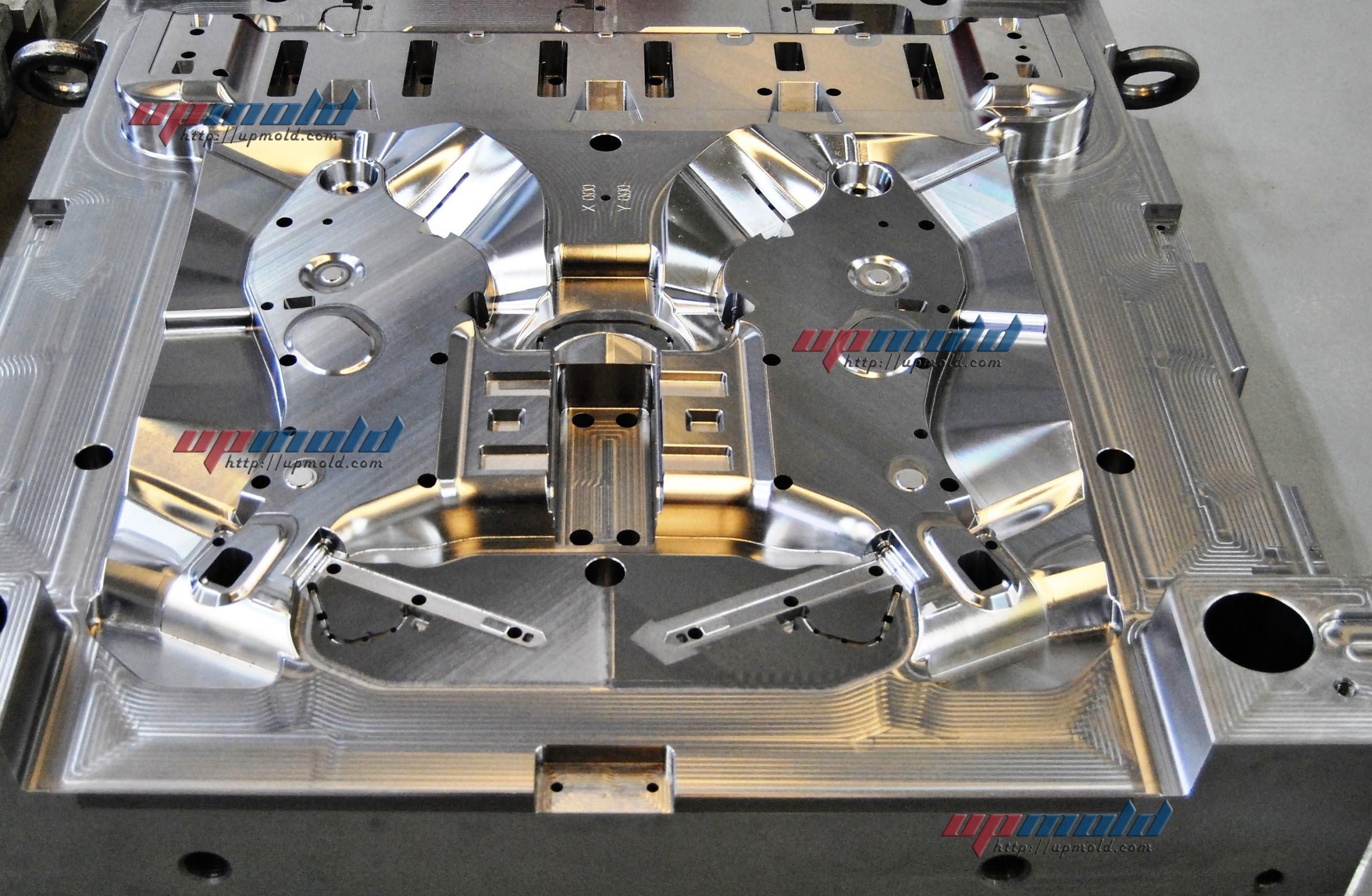Plastic injection molding is a versatile manufacturing process that works well when production requires high volumes of precision parts. It’s also a great choice for custom designs that require durable, cost-effective materials.
The process uses pelletised raw materials that are fed into a heated barrel with a reciprocating screw. The machine then combines these raw materials with colorant and performance or property additives.
Cost
Plastic injection molding is an inexpensive process for producing high-volume manufacturing parts. Its fast cycle time allows it to produce multiple parts in a short period of time, which reduces labor costs. Moreover, it allows for the inclusion of molded-in features that can cut down on assembly time and cost.
Another benefit of this technology is the availability of a wide variety of polymers for injection molding. These materials can be used to achieve a wide range of aesthetic and performance characteristics. Several color options are available as well, including masterbatch colors or dyed resins.
Injection molded plastic is lighter and more durable than metal, which means that it can hold up in harsh environments. Modern lightweight thermoplastics can even rival and in some cases surpass the strength and durability of metal parts. In addition, fewer waste pieces are produced than with traditional machines, which reduces overall production costs. These waste pieces are recycled as sprues and runners, which can be reground and reused in the next injection-molding run.
Efficiency
Injection molding is one of the most efficient processes for producing a wide range of parts, especially for smaller production runs. It can be used to produce parts made of plastic, metal, or a combination of both, with different colors and finishes. This flexibility makes it possible to tailor production parameters to suit a variety of applications and market needs.
During the injection process, pelletised raw thermoplastic material is fed through a hopper into a heated barrel with a reciprocating screw. It is then heated and homogenised to reduce the relative distribution of thermal energy between its individual molecules. This reduces its viscosity and enables it to flow with the screw’s shear force.
After the injection process, the mold is held under pressure for a set period, known as the holding time. This can range from milliseconds to several minutes. During this phase, the part shrinks and additional melt flows through the gate to compensate.
Durability
Durability is an important factor for plastic injection molding because it allows manufacturers to produce parts that can be used in rugged environments. New plastic materials are stronger and more durable than ever before, making them able to withstand extreme weather conditions.
The durability of plastic injection molding depends on the materials, mold design, production conditions, and maintenance. The molds are subjected to extensive thermal stresses during the production cycle, so they need to be able to withstand these stresses. Injection molding also makes it possible to add fillers into the molds, which increase strength and durability.
The injection molding process is fast, allowing manufacturers to create multiple copies of the same part quickly. This reduces the cost per unit compared to other processes such as 3D printing and CNC machining. However, a rapid production cycle can lead to stress on the mold and a shorter life expectancy. These stresses can be minimized by ensuring that there is sufficient time between production cycles to allow the mold to cool down.
Variety
The plastic injection molding process offers great precision, speed and a huge choice of available materials. This makes it a highly efficient and cost-effective production method. It can also produce very intricate designs. It can even include metal or plastic inserts to reduce the number of parts needed to make a product, further reducing overall production time.
Injection molded products have the added benefit of being able to be finished in a wide variety of colors and textures. In addition, the high-precision process eliminates errors that may occur during other manufacturing methods.
Another advantage of plastic injection molding is that it produces very little post-production scrap, as opposed to other manufacturing processes. Any leftover plastic that isn’t used in the final part is recycled by grinding it up and re-using it for future projects. This reduces waste and is a sustainable process. Injection-molded parts are also lightweight but sturdy. Newly-improved plastic materials are able to stand up to the harshest conditions and still maintain their strength and durability.
